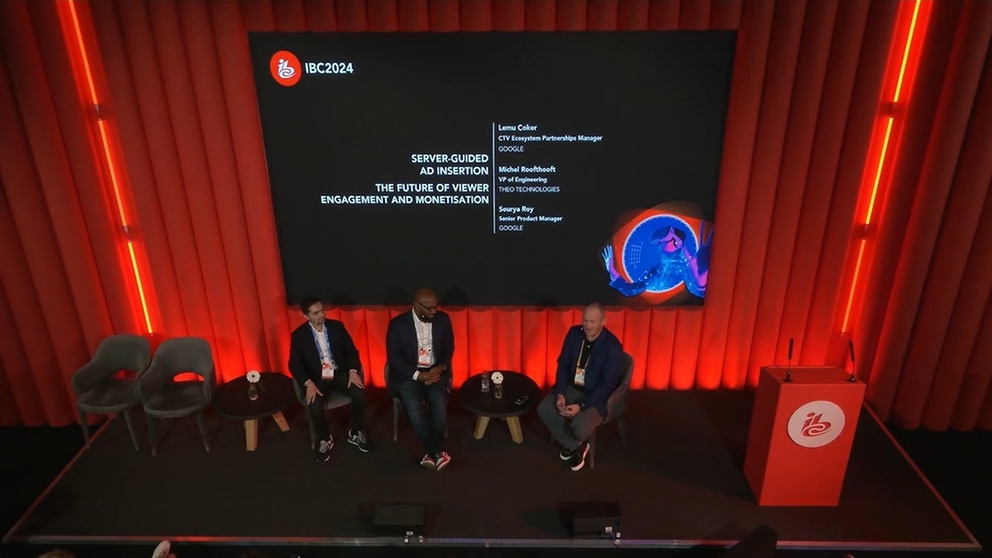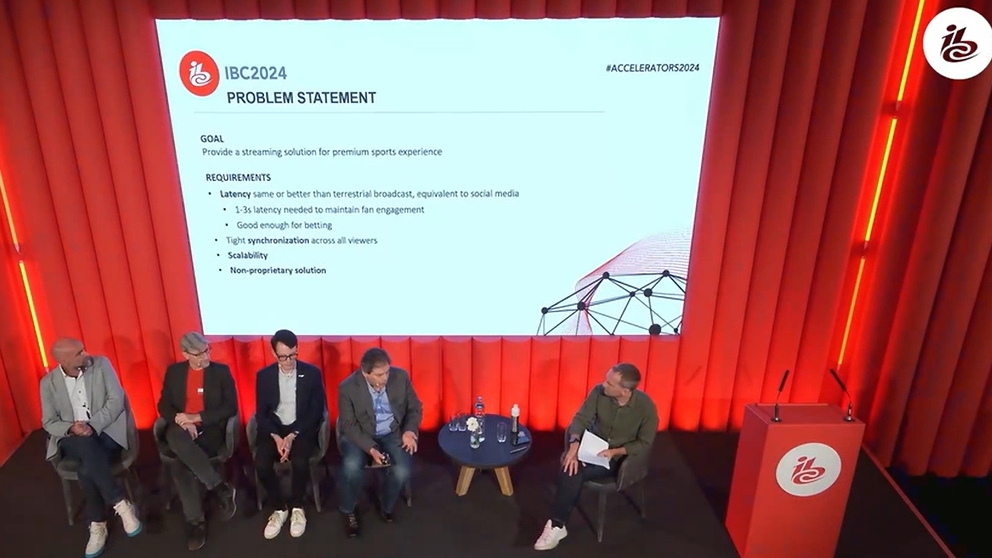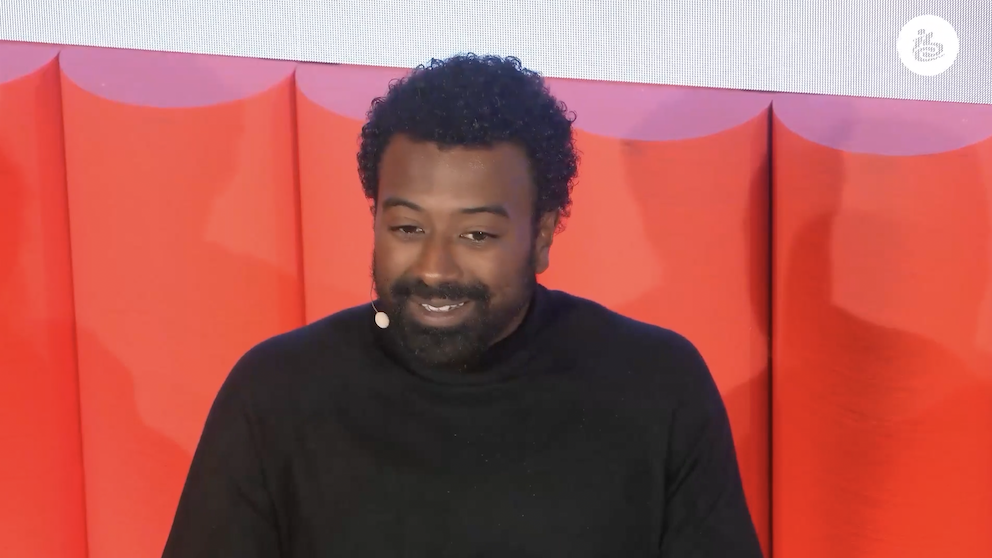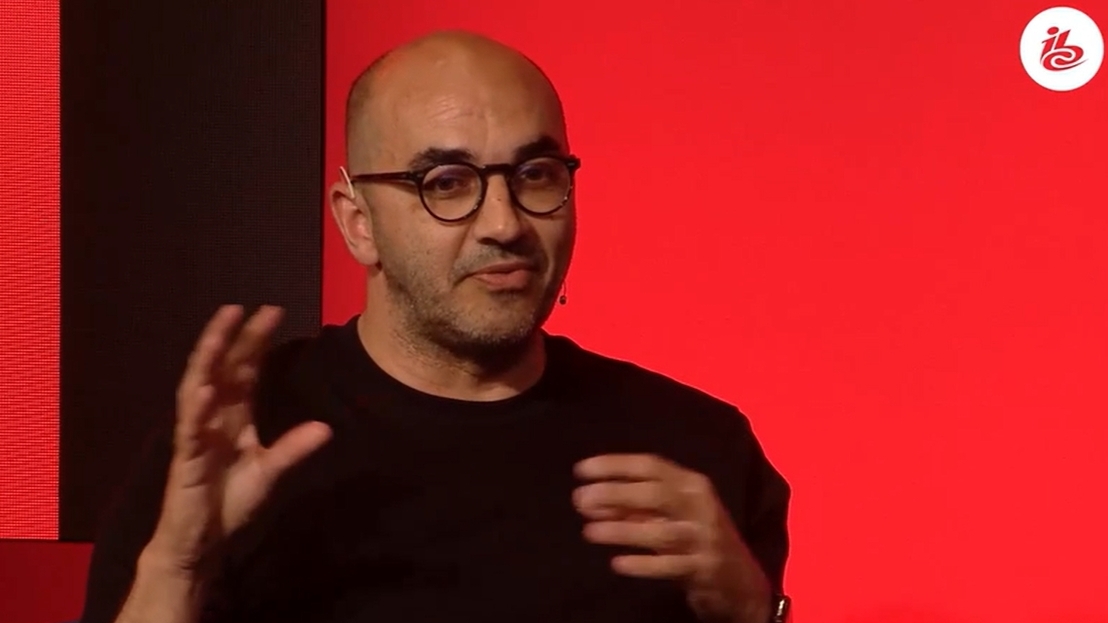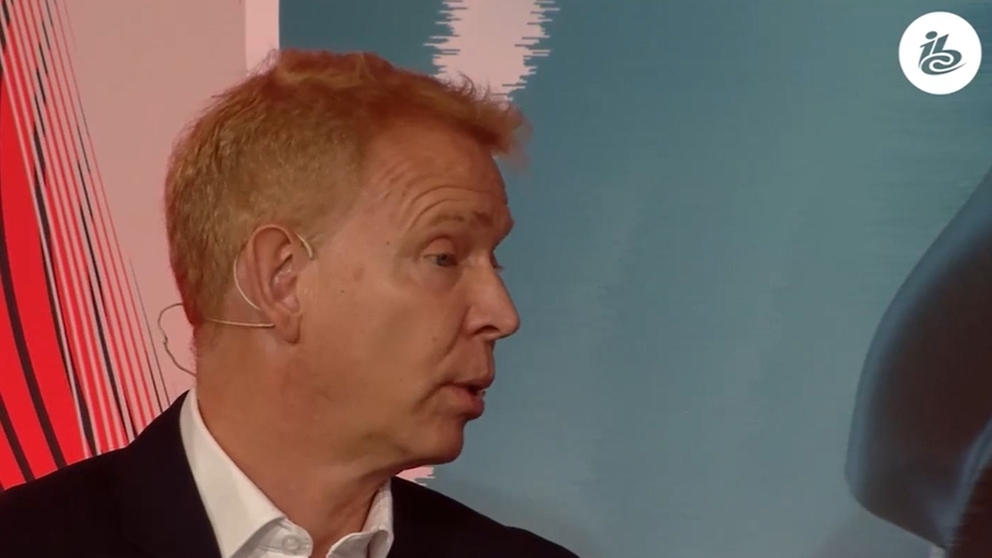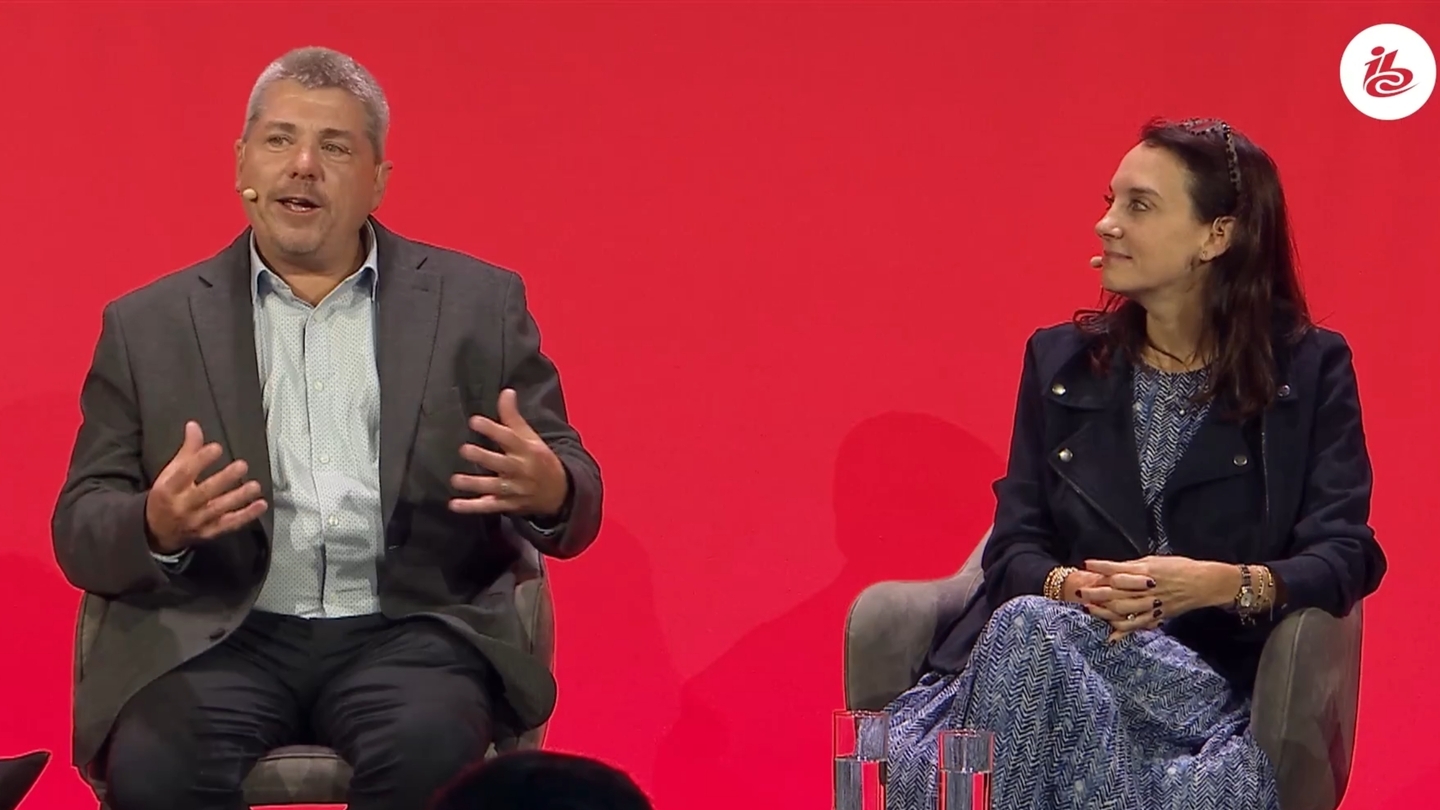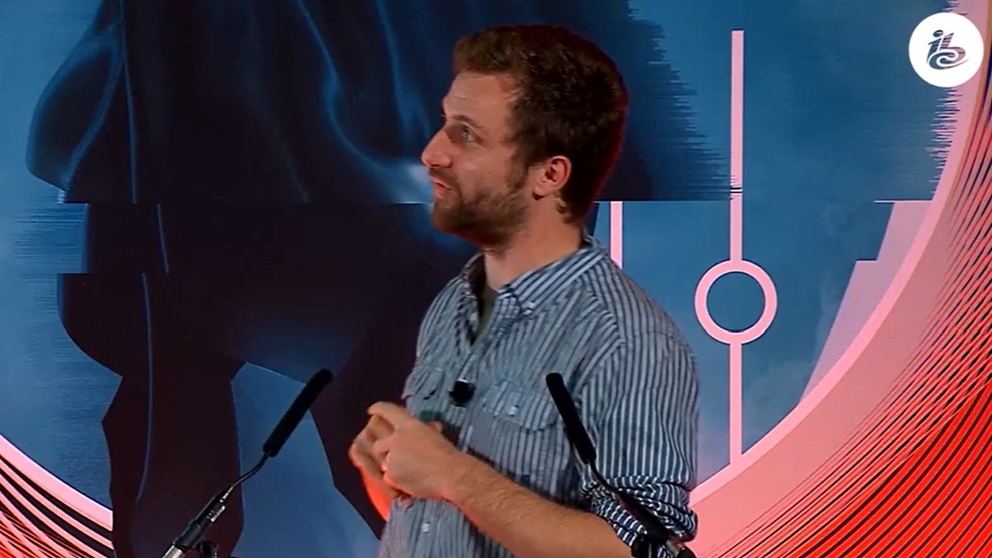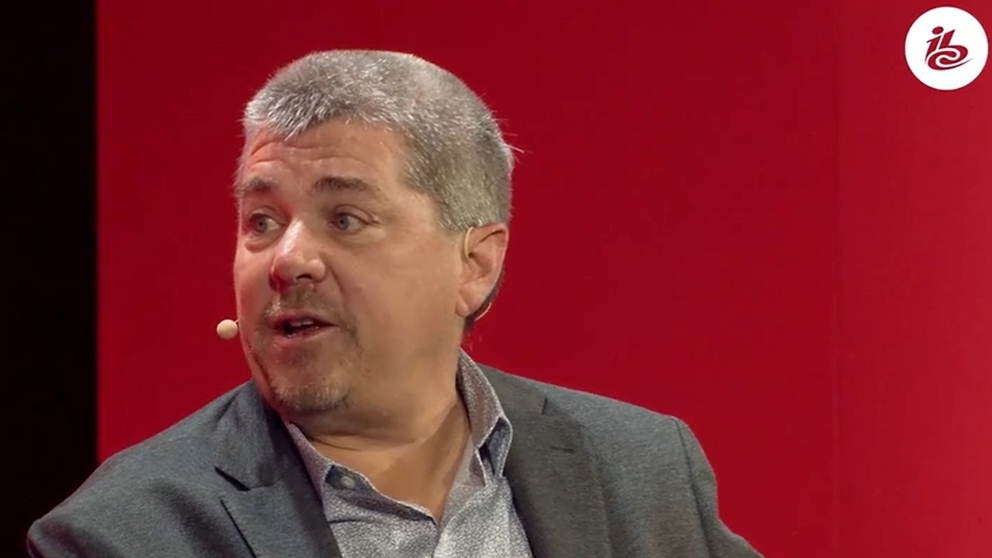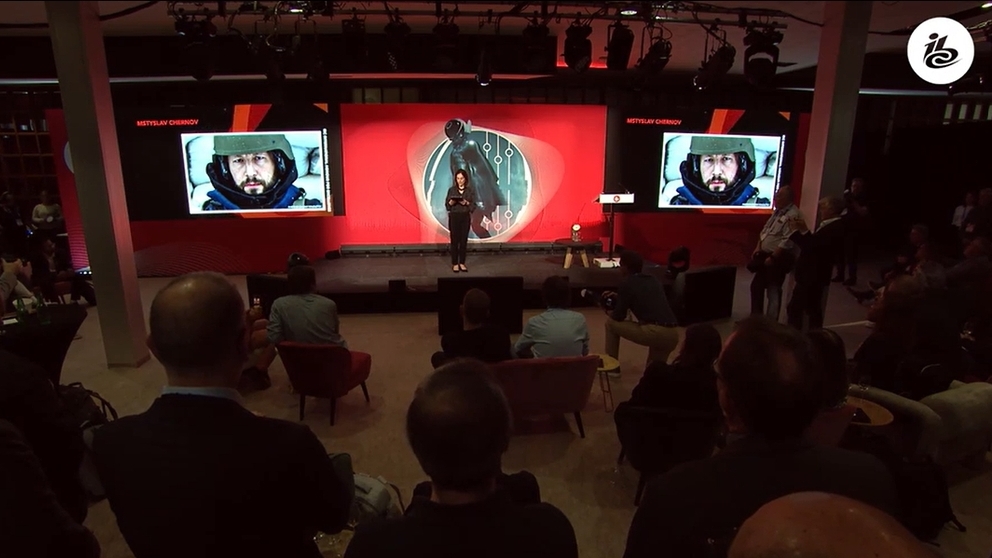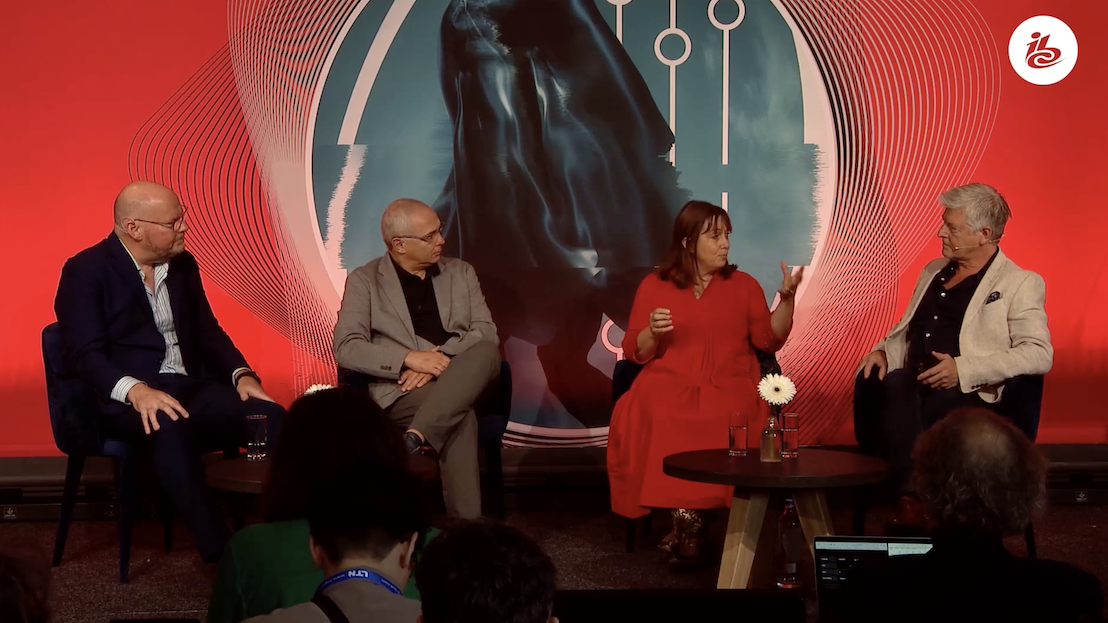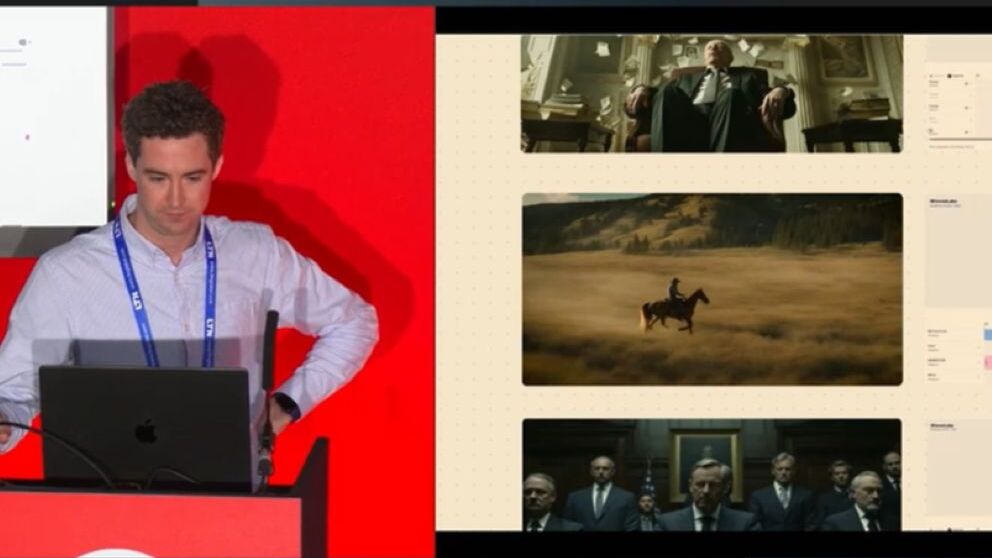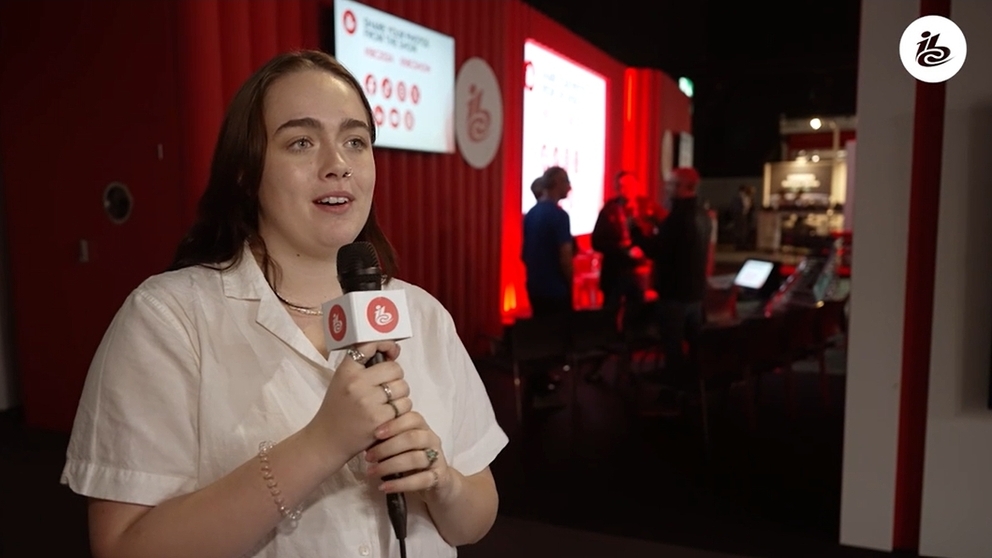Featured
Trending now
News


‘Media Tech’s Got Talent’: Speakers, sessions and networking events unveiled for inaugural IBC2024 Talent Programme
Features


Happy hours, beer tasting and awards celebrations: Make the most of IBC2024’s networking opportunities
News


‘Media Tech’s Got Talent’: Speakers, sessions and networking events unveiled for inaugural IBC2024 Talent Programme
Watch
TOP PICKS
Tutorials


People & Purpose – Tutorial, Ep 3: Calculating, reducing and improving your impact on biodiversity
IBC Show VOD


MTSS Presents Sustainability in Action: Real-World Case Studies from Media Tech Leaders
IBC Show VOD


Unlocking Global Business Opportunities Through AI-Driven Localization: A Case Study with Deepdub and Kartoon Channel
IBC Show VOD

Keynote CTO Perspectives: Building a future ready tech stack for an evolving media landscape
IBC Show VOD


Slow TV, Fast Innovation: How the Moose Migration Case Study Embodies the Future of Live Cloud Workflows
IBC Show VOD


IBC Accelerators: When it comes to disinformation “the line between touch-up and manipulate is hard to call”
IBC Show VOD


Provenance – what can we trust? Challenges of watermarking broadcast streams to prove provenance of a news source
IBC Show VOD


Provenance – what can we trust? Results of C2PA proof of concept test undertaken by the BBC
IBC Show VOD


IBC Accelerators - CAPA II project will help broadcasters to “fundamentally shift” to software-defined solutions
IBC Show VOD


Media Production without Boundaries: We need to pull together to make these ‘interesting times’ work
IBC Show VOD


IBC Accelerators - ECOFLOW: Picking the right parameters critical to measuring improvements in sustainability
IBC Show VOD


IBC Accelerators: Interoperability crucial to achieving scalable ultra-low latency streaming
IBC Show VOD
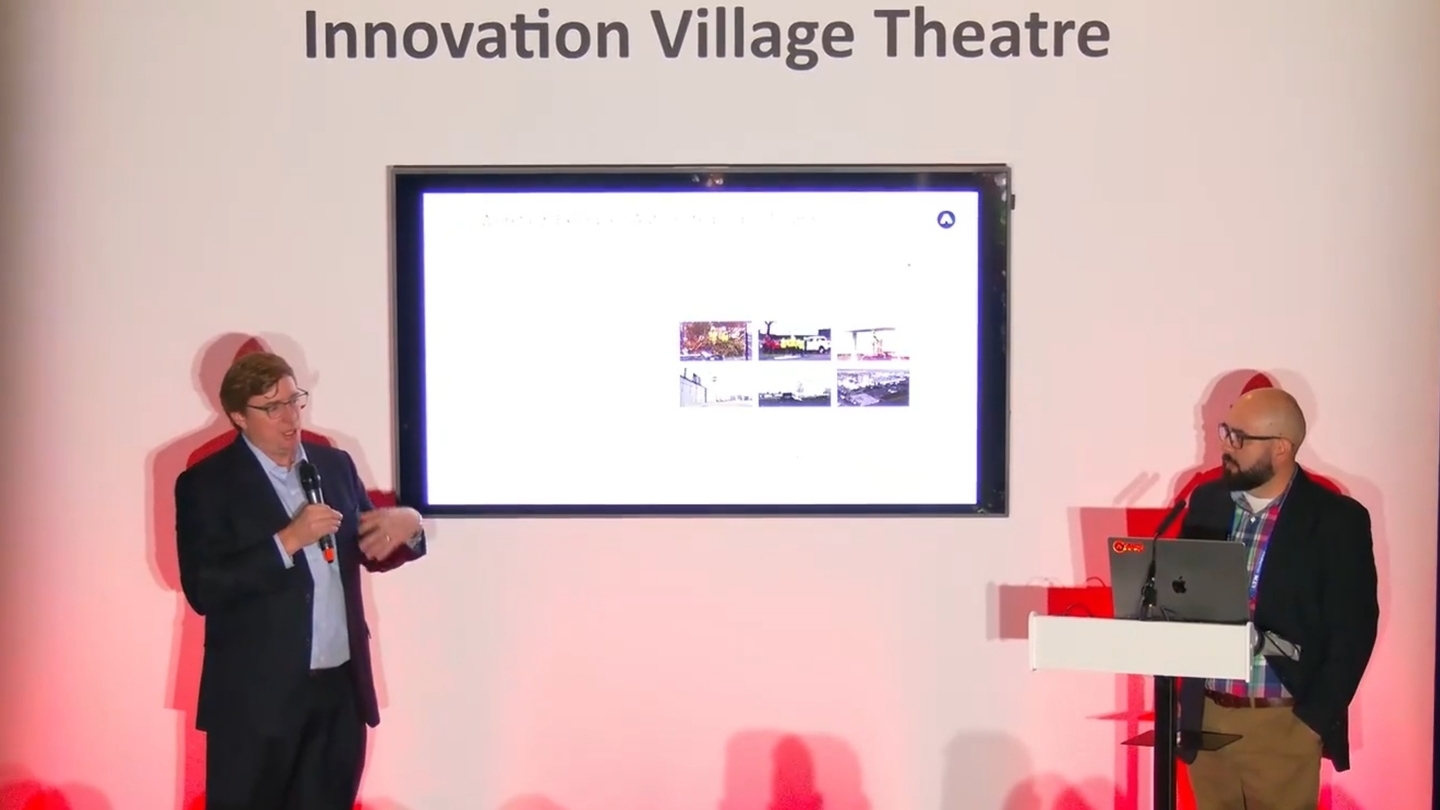

AI in Broadcasting: Personalisation at Lightning Speed – Balancing Innovation, Privacy, and Ethics
IBC Show VOD


How Warner Bros. Discovery uses AI to improve data accuracy & enrich the fan experience
IBC Show VOD


IBC Accelerators: “Seeing it work and seeing the future possibilities for Live Performances made it all worthwhile”
Tutorials


People & Purpose – Tutorial, Ep 3: Calculating, reducing and improving your impact on biodiversity
IBC Show VOD


MTSS Presents Sustainability in Action: Real-World Case Studies from Media Tech Leaders
IBC Show VOD


Unlocking Global Business Opportunities Through AI-Driven Localization: A Case Study with Deepdub and Kartoon Channel
IBC Show VOD

Keynote CTO Perspectives: Building a future ready tech stack for an evolving media landscape
IBC Show VOD


Slow TV, Fast Innovation: How the Moose Migration Case Study Embodies the Future of Live Cloud Workflows
IBC Show VOD


IBC Accelerators: When it comes to disinformation “the line between touch-up and manipulate is hard to call”
IBC Show VOD


Provenance – what can we trust? Challenges of watermarking broadcast streams to prove provenance of a news source
IBC Show VOD


Provenance – what can we trust? Results of C2PA proof of concept test undertaken by the BBC
IBC Show VOD


IBC Accelerators - CAPA II project will help broadcasters to “fundamentally shift” to software-defined solutions
IBC Show VOD


Media Production without Boundaries: We need to pull together to make these ‘interesting times’ work
IBC Show VOD


IBC Accelerators - ECOFLOW: Picking the right parameters critical to measuring improvements in sustainability
IBC Show VOD


IBC Accelerators: Interoperability crucial to achieving scalable ultra-low latency streaming
IBC Show VOD


AI in Broadcasting: Personalisation at Lightning Speed – Balancing Innovation, Privacy, and Ethics
IBC Show VOD


How Warner Bros. Discovery uses AI to improve data accuracy & enrich the fan experience
TUTORIALS & INTERVIEWS
Tutorials


Virtual production – Tutorial, Ep 3: Managing virtual production projects – from scope to delivery
Interview


ISE 2025: “They don’t ask what can we do with your technology they ask what can’t we do with your technology”
Interview


ISE 2025 – Stian Sagholen: “People are talking about it but not actually supplying the solutions”
Interview


ISE 2025 – Spiro Plagakis: “They like that they’re able to use a combination of broadcast and proAV equipment easily”
Interview


ISE 2025: Kari Eythorsson explores innovations in software services to create and provide content
Tutorials


Virtual production – Tutorial, Ep 3: Managing virtual production projects – from scope to delivery
Interview


ISE 2025: “They don’t ask what can we do with your technology they ask what can’t we do with your technology”
Interview


ISE 2025 – Stian Sagholen: “People are talking about it but not actually supplying the solutions”
Interview


ISE 2025 – Spiro Plagakis: “They like that they’re able to use a combination of broadcast and proAV equipment easily”
IBC HIGHLIGHTS
IBC Show VOD


Prime Video’s Girish Bajaj: Adding live sports to existing offerings required a fundamental rebuild
IBC Show VOD


IBC Accelerators: When it comes to disinformation “the line between touch-up and manipulate is hard to call”
IBC Show VOD


IBC Accelerators: Interoperability crucial to achieving scalable ultra-low latency streaming
IBC Show VOD


IBC Accelerators: “Seeing it work and seeing the future possibilities for Live Performances made it all worthwhile”
IBC Show VOD
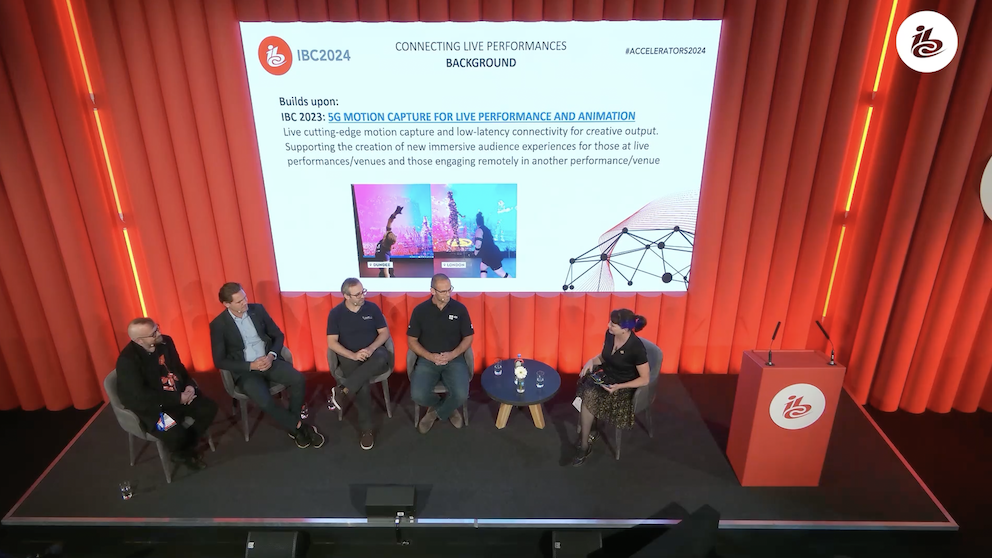
IBC Accelerators: “If Oasis were looking into tech like this…what might that mean for them and their fans?”
IBC Show VOD


Provenance – what can we trust? Results of C2PA proof of concept test undertaken by the BBC
IBC Show VOD


Provenance – what can we trust? Challenges of watermarking broadcast streams to prove provenance of a news source
IBC Show VOD


IBC Keynote - At the intersection of AI and creativity: “Where we are is where we were always going to be”
IBC Show VOD

Media Production without Boundaries: “There’s a lot of cool stuff we could do but why should we do it.”
IBC Show VOD


Media Production without Boundaries: We need to pull together to make these ‘interesting times’ work
IBC Show VOD
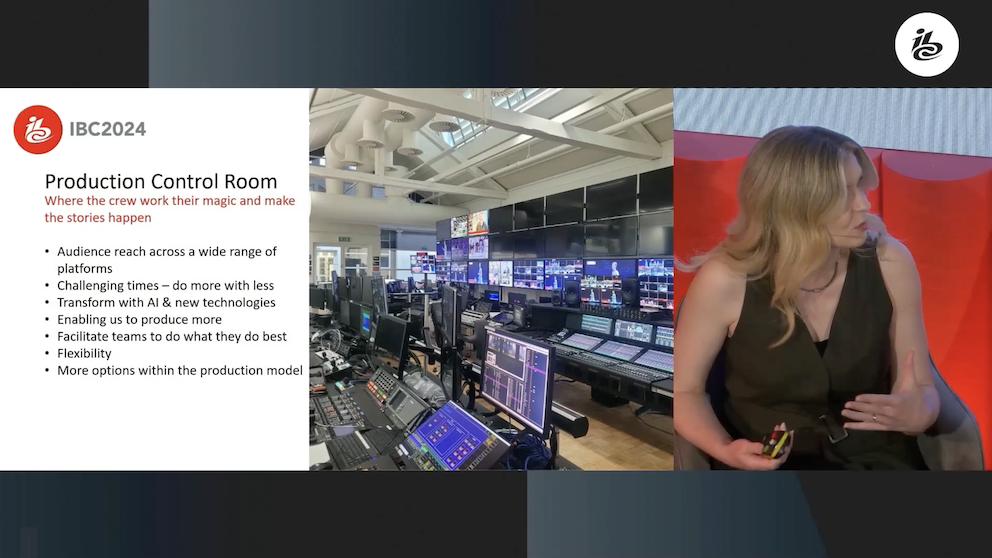

Accelerators - Evolution of the Control Room: helping content creators to produce a show “without advanced technical expertise”
IBC Show VOD


IBC Accelerators - CAPA II project will help broadcasters to “fundamentally shift” to software-defined solutions
IBC Show VOD


Creating digital linear channels that seamlessly integrate sports and news for all platforms - including FAST
IBC Show VOD


IBC Accelerators - ECOFLOW: Picking the right parameters critical to measuring improvements in sustainability
IBC Show VOD


IBC Keynote - At the intersection of AI and creativity: “The best people with the best tools do the best work”
IBC Show VOD


IBC Accelerators - Evolution of the Control Room: AI assistance unlocks potential for voice-controlled automation
IBC Show VOD


IBC Opening Session highlight – Navigating a new Media Landscape: the Journey Starts Here
IBC Show VOD

Olympics 2024: Technology to broadcast beyond expectations - ‘it isn’t all cloud and AI!’
IBC Show VOD

CEO & Founders panel: Women-led generative AI startups reimagining media & entertainment
IBC Show VOD

American Cinema Editors (ACE): Job ter Burg on how AI is extending the editor’s toolkit
IBC Show VOD


Inclusive Innovation: Renard Jenkins on Building Collaborative Foundations in Media and Tech
IBC Show VOD


Delivering NHL content over 5G networks: “Everyone has the same goal at NHL - to grow the game”
IBC Show VOD


American Cinema Editors (ACE): Job ter Burg on how AI is extending the editor's toolkit
IBC Show VOD

The UK Television Universe in The User Centric Era: Evan Shapiro and Theresa Wise talk business!
IBC Show VOD


The UK Television Universe in The User Centric Era: Evan Shapiro and Theresa Wise talk business!
IBC Show VOD


Shaping Tomorrow’s Broadcast: How the BBC Adopts Cutting-Edge Technology to Engage Audiences
IBC Show VOD


Prime Video’s Girish Bajaj: Adding live sports to existing offerings required a fundamental rebuild
IBC Show VOD


IBC Accelerators: When it comes to disinformation “the line between touch-up and manipulate is hard to call”
IBC Show VOD


IBC Accelerators: Interoperability crucial to achieving scalable ultra-low latency streaming
IBC Show VOD


IBC Accelerators: “Seeing it work and seeing the future possibilities for Live Performances made it all worthwhile”
IBC Show VOD

IBC Accelerators: “If Oasis were looking into tech like this…what might that mean for them and their fans?”
IBC Show VOD


Provenance – what can we trust? Results of C2PA proof of concept test undertaken by the BBC
IBC Show VOD


Provenance – what can we trust? Challenges of watermarking broadcast streams to prove provenance of a news source
IBC Show VOD


IBC Keynote - At the intersection of AI and creativity: “Where we are is where we were always going to be”
IBC Show VOD

Media Production without Boundaries: “There’s a lot of cool stuff we could do but why should we do it.”
IBC Show VOD


Media Production without Boundaries: We need to pull together to make these ‘interesting times’ work
IBC Show VOD


Accelerators - Evolution of the Control Room: helping content creators to produce a show “without advanced technical expertise”
IBC Show VOD


IBC Accelerators - CAPA II project will help broadcasters to “fundamentally shift” to software-defined solutions
IBC Show VOD


Creating digital linear channels that seamlessly integrate sports and news for all platforms - including FAST
IBC Show VOD


IBC Accelerators - ECOFLOW: Picking the right parameters critical to measuring improvements in sustainability
IBC Show VOD


IBC Keynote - At the intersection of AI and creativity: “The best people with the best tools do the best work”
IBC Show VOD


IBC Accelerators - Evolution of the Control Room: AI assistance unlocks potential for voice-controlled automation
IBC Show VOD


IBC Opening Session highlight – Navigating a new Media Landscape: the Journey Starts Here
IBC Show VOD

Olympics 2024: Technology to broadcast beyond expectations - ‘it isn’t all cloud and AI!’
IBC Show VOD

CEO & Founders panel: Women-led generative AI startups reimagining media & entertainment
IBC Show VOD

American Cinema Editors (ACE): Job ter Burg on how AI is extending the editor’s toolkit
IBC Show VOD


Inclusive Innovation: Renard Jenkins on Building Collaborative Foundations in Media and Tech
IBC Show VOD


Delivering NHL content over 5G networks: “Everyone has the same goal at NHL - to grow the game”
IBC Show VOD


American Cinema Editors (ACE): Job ter Burg on how AI is extending the editor's toolkit
IBC Show VOD

The UK Television Universe in The User Centric Era: Evan Shapiro and Theresa Wise talk business!
IBC Show VOD



 10 (1).jpg)










.jpg)

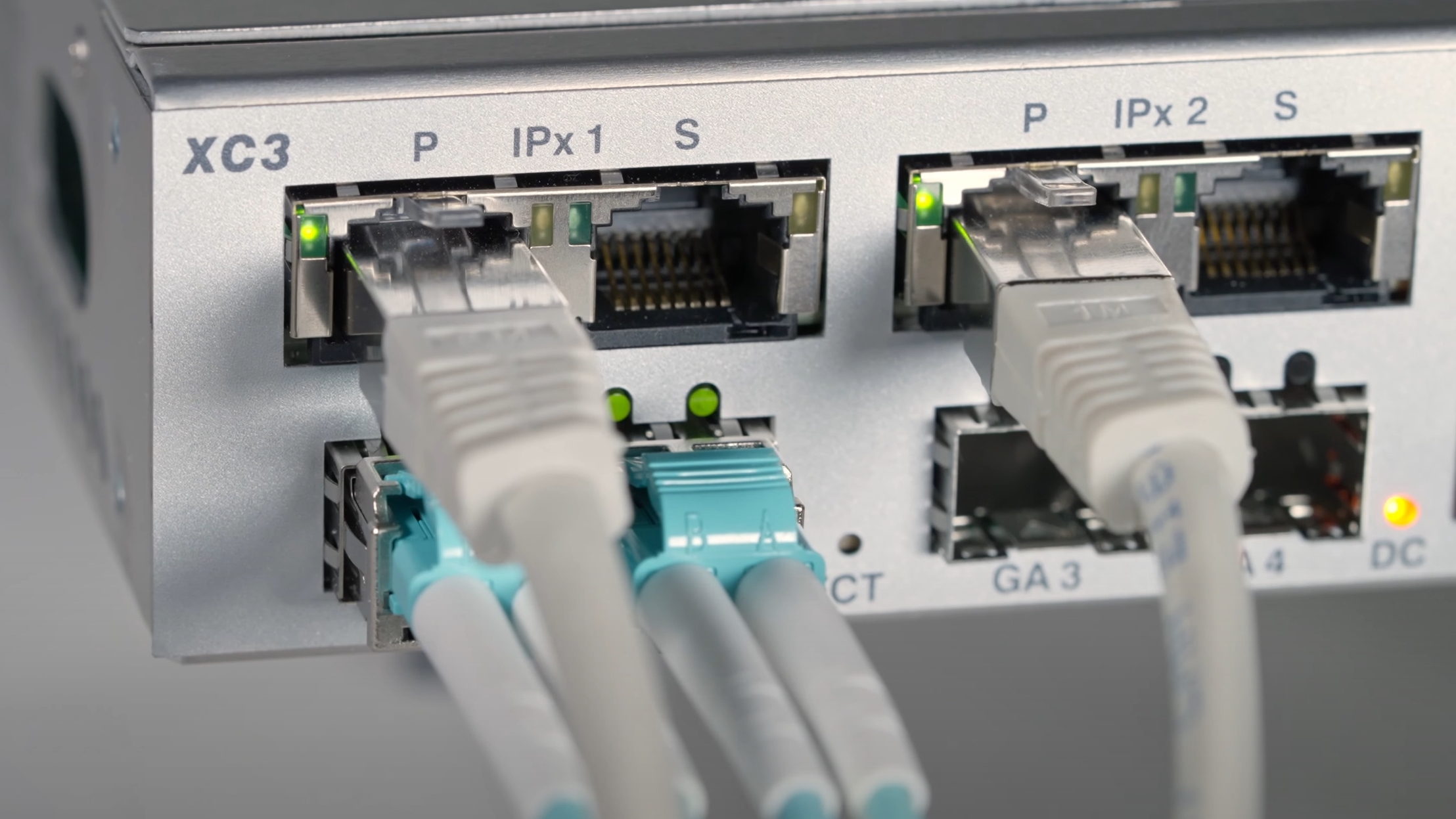


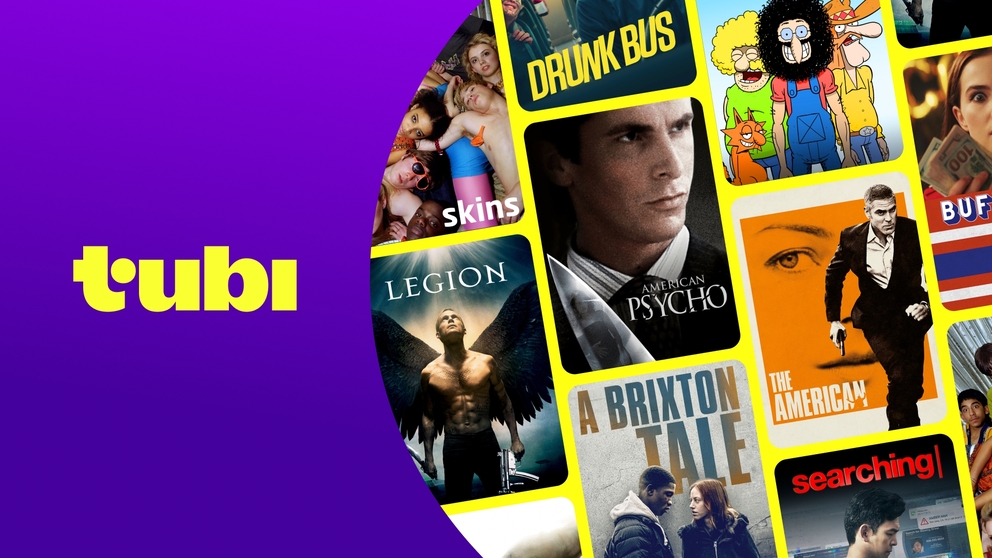

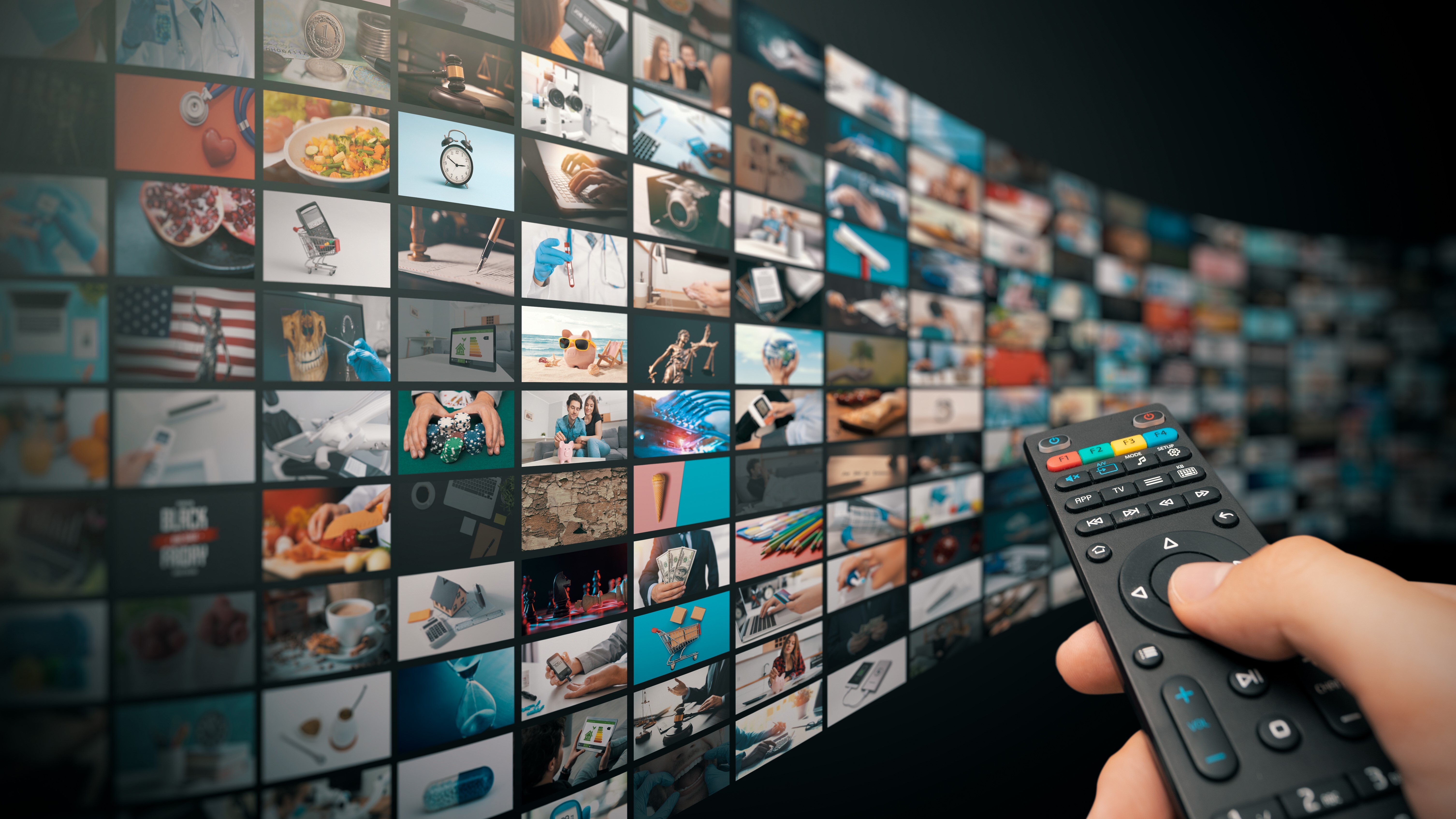





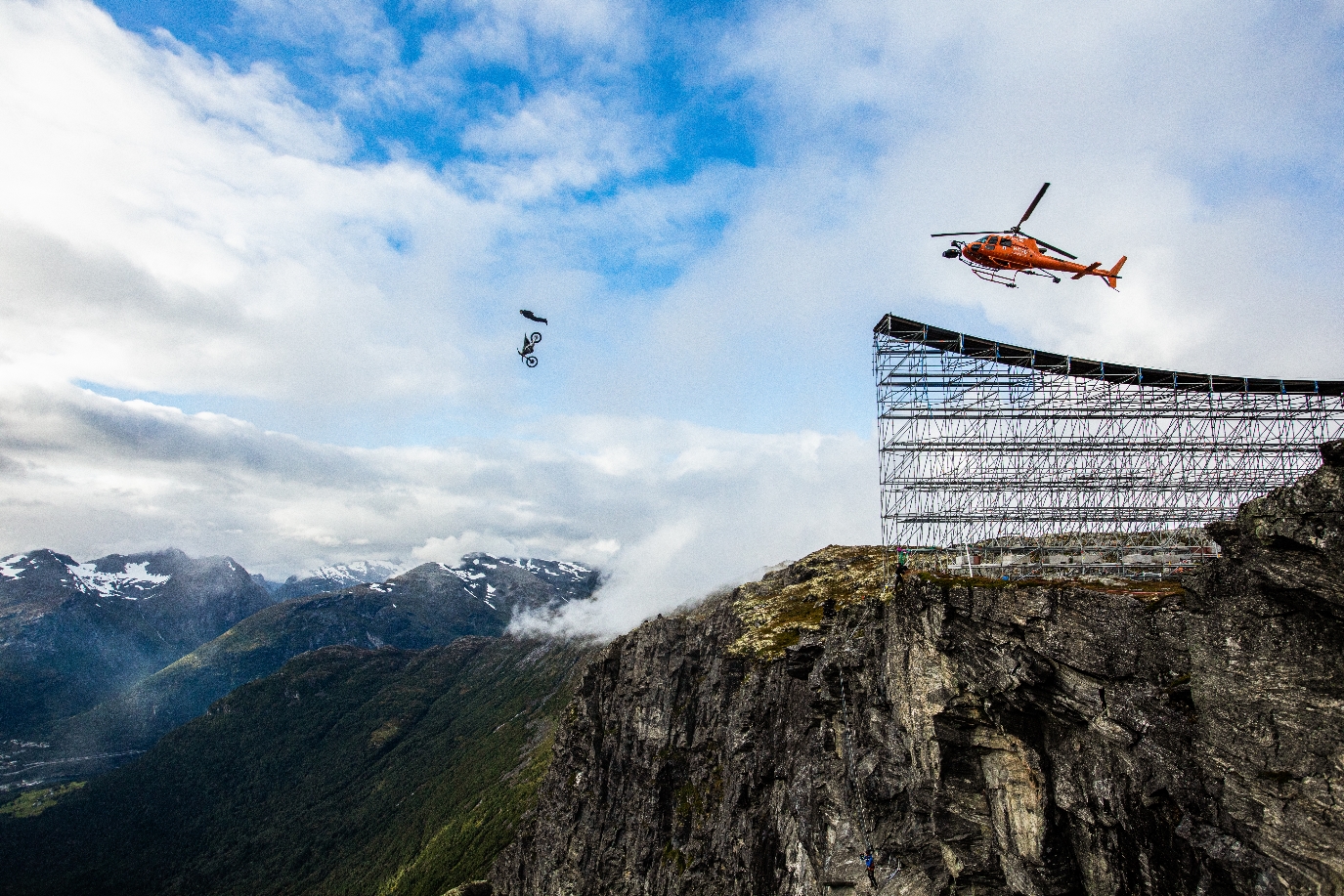




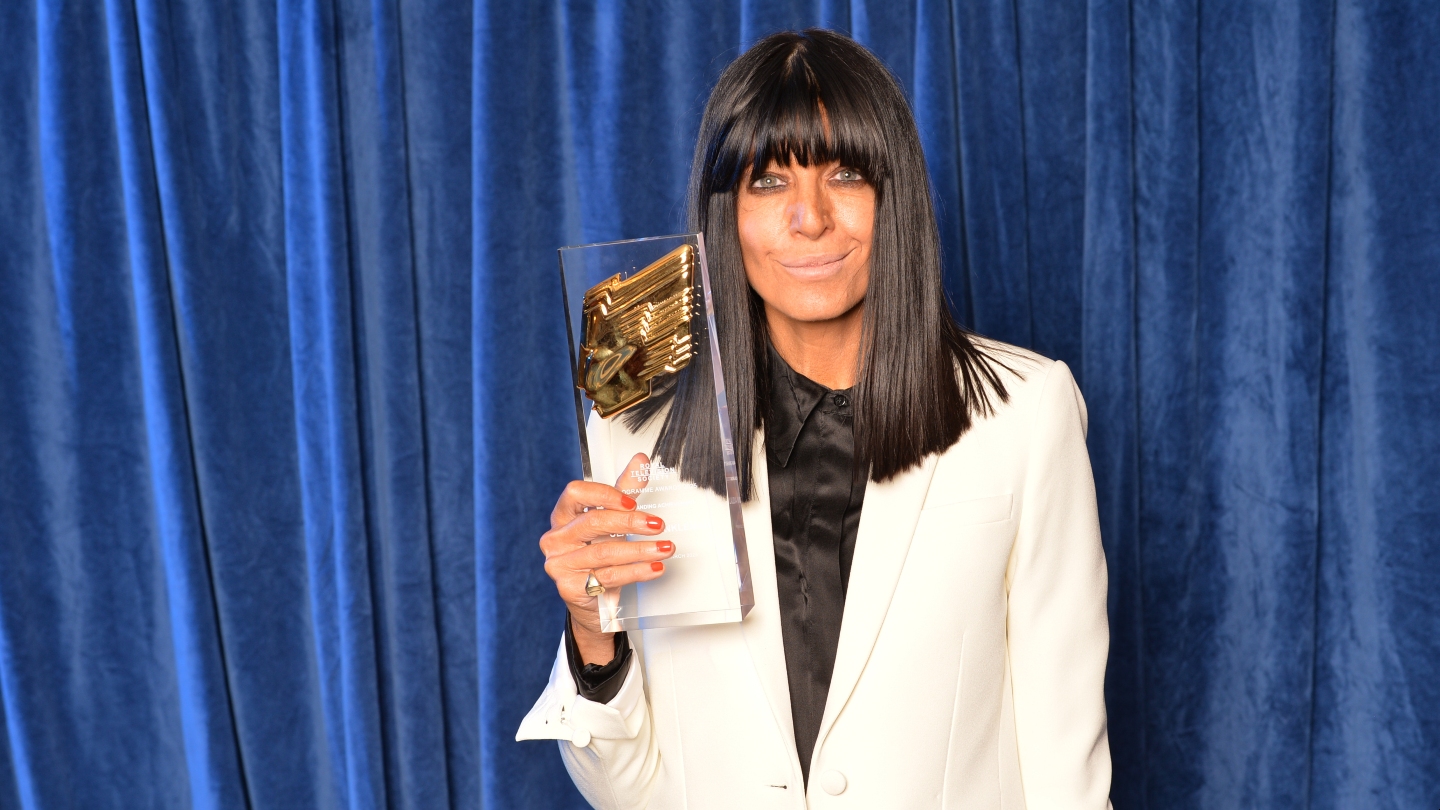








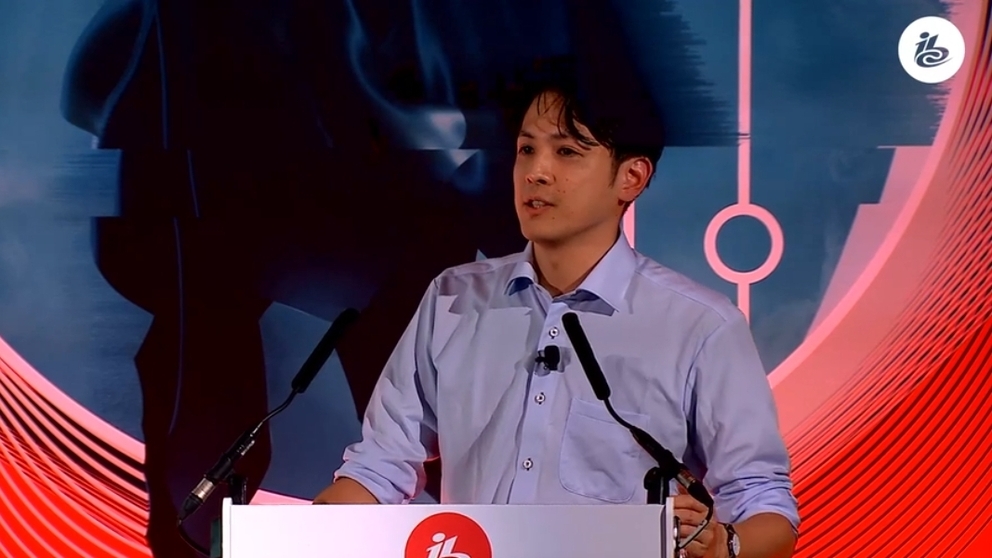
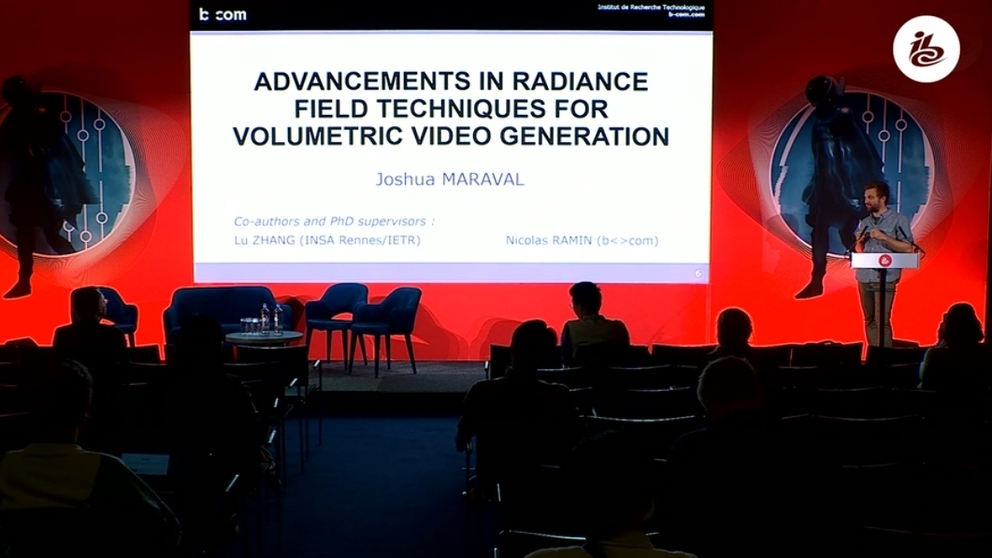


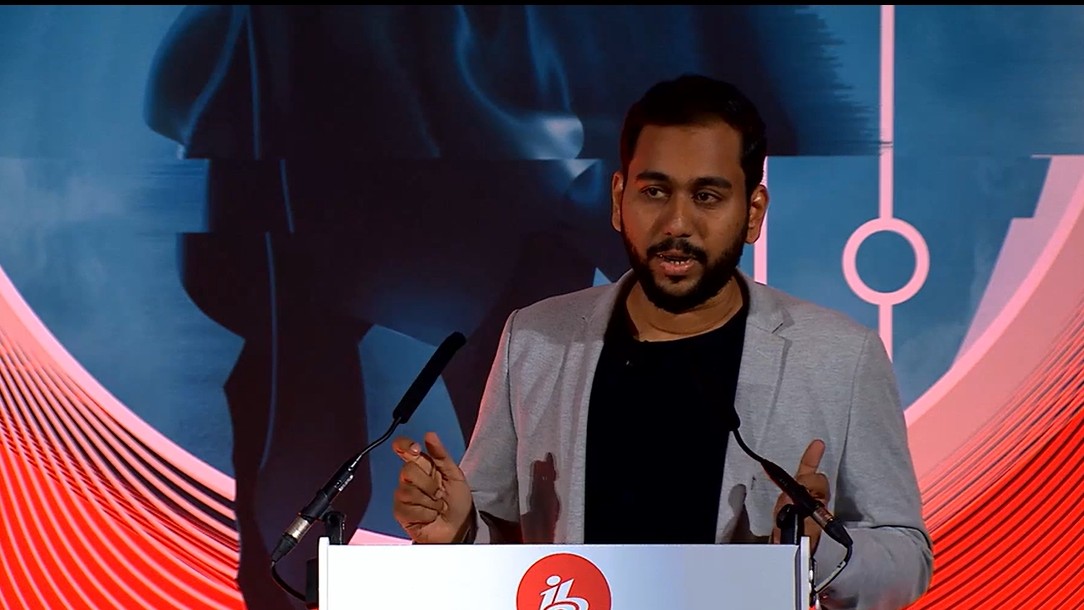
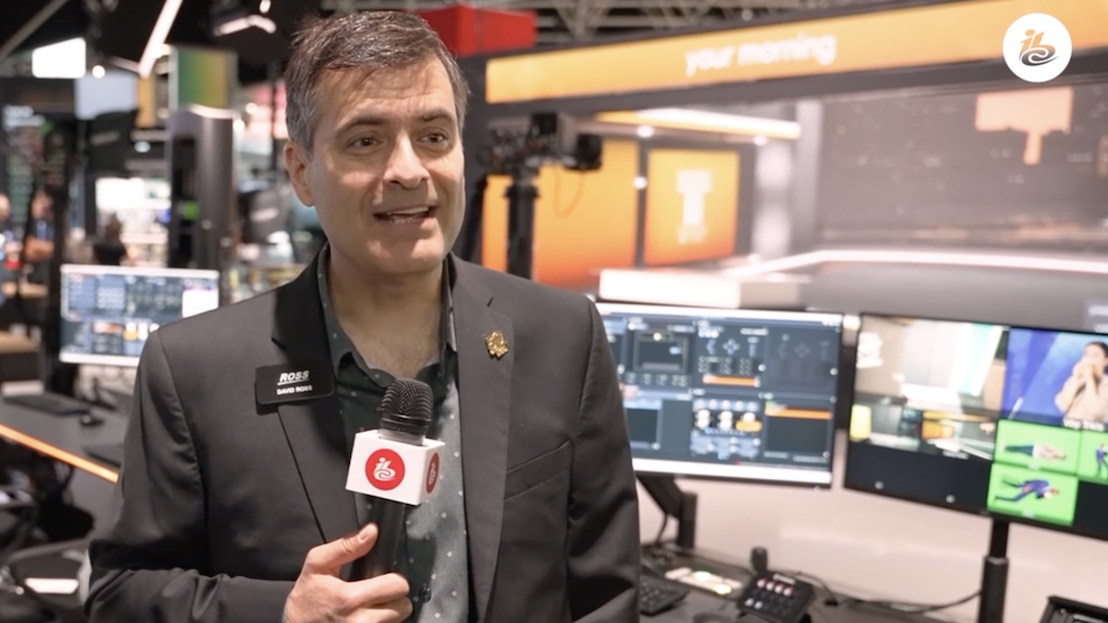
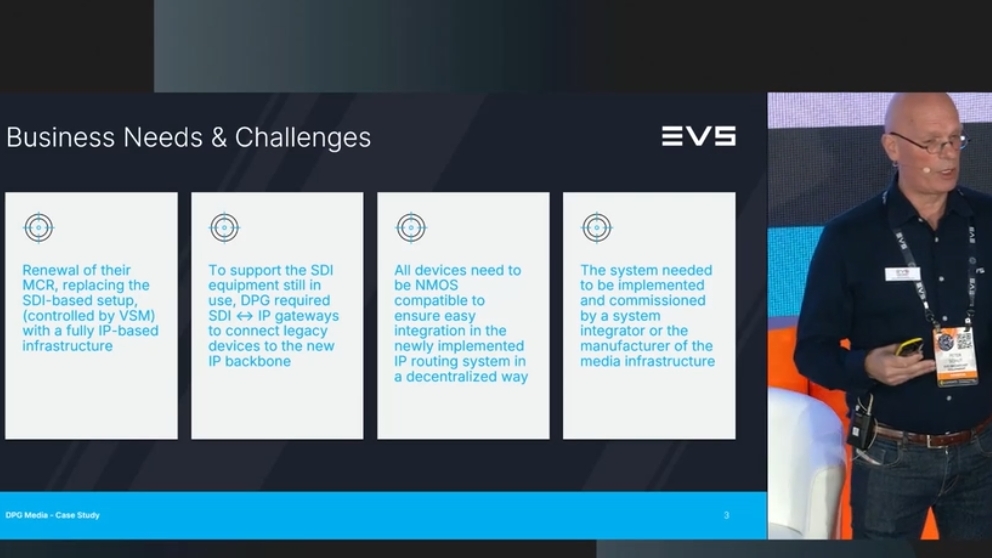





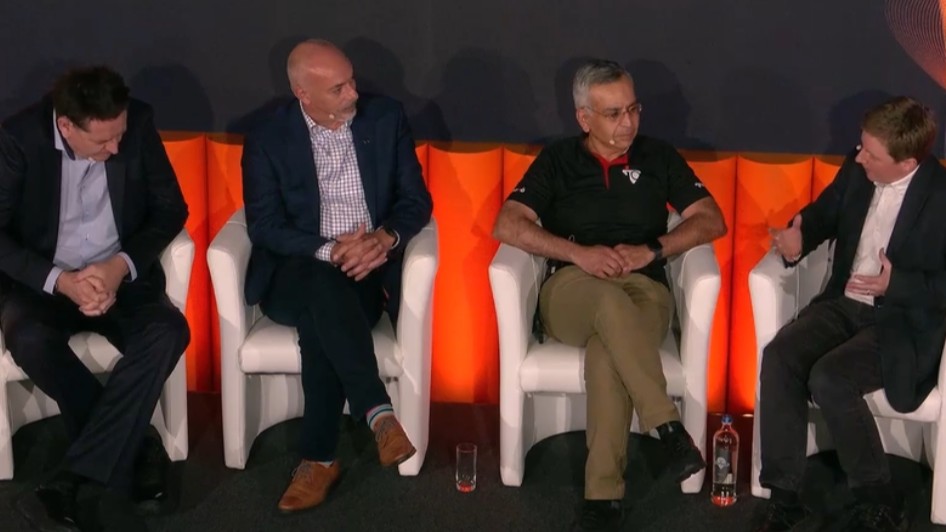

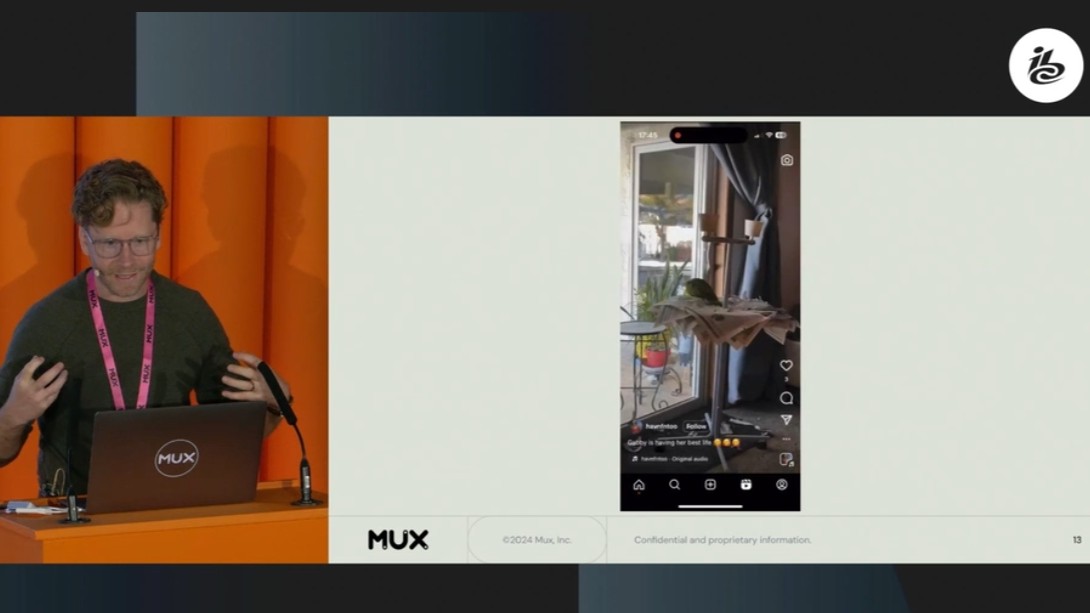

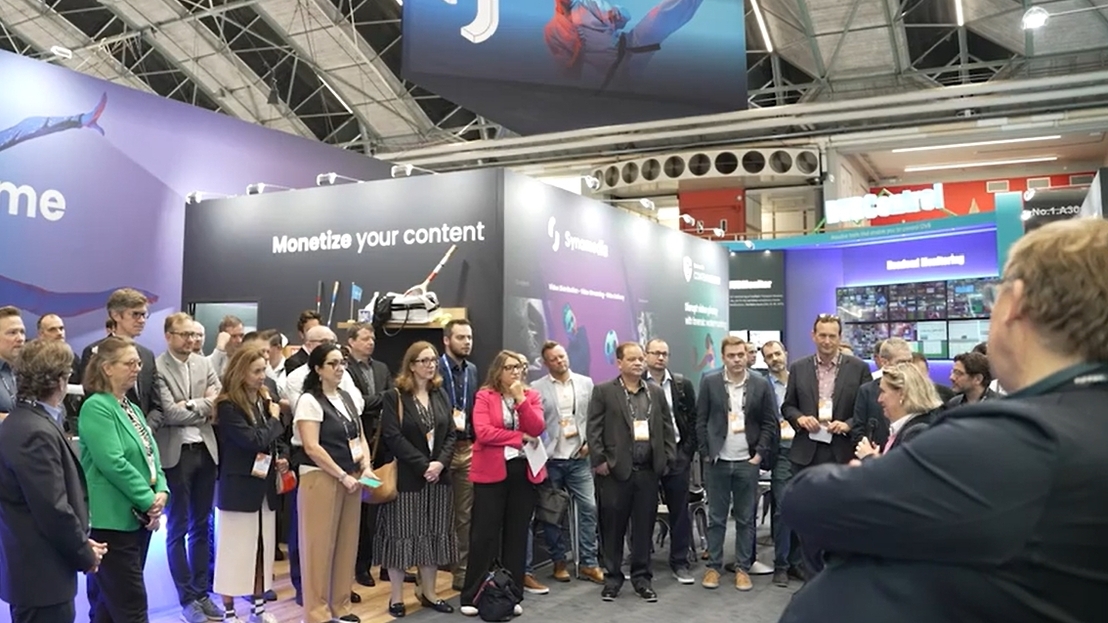


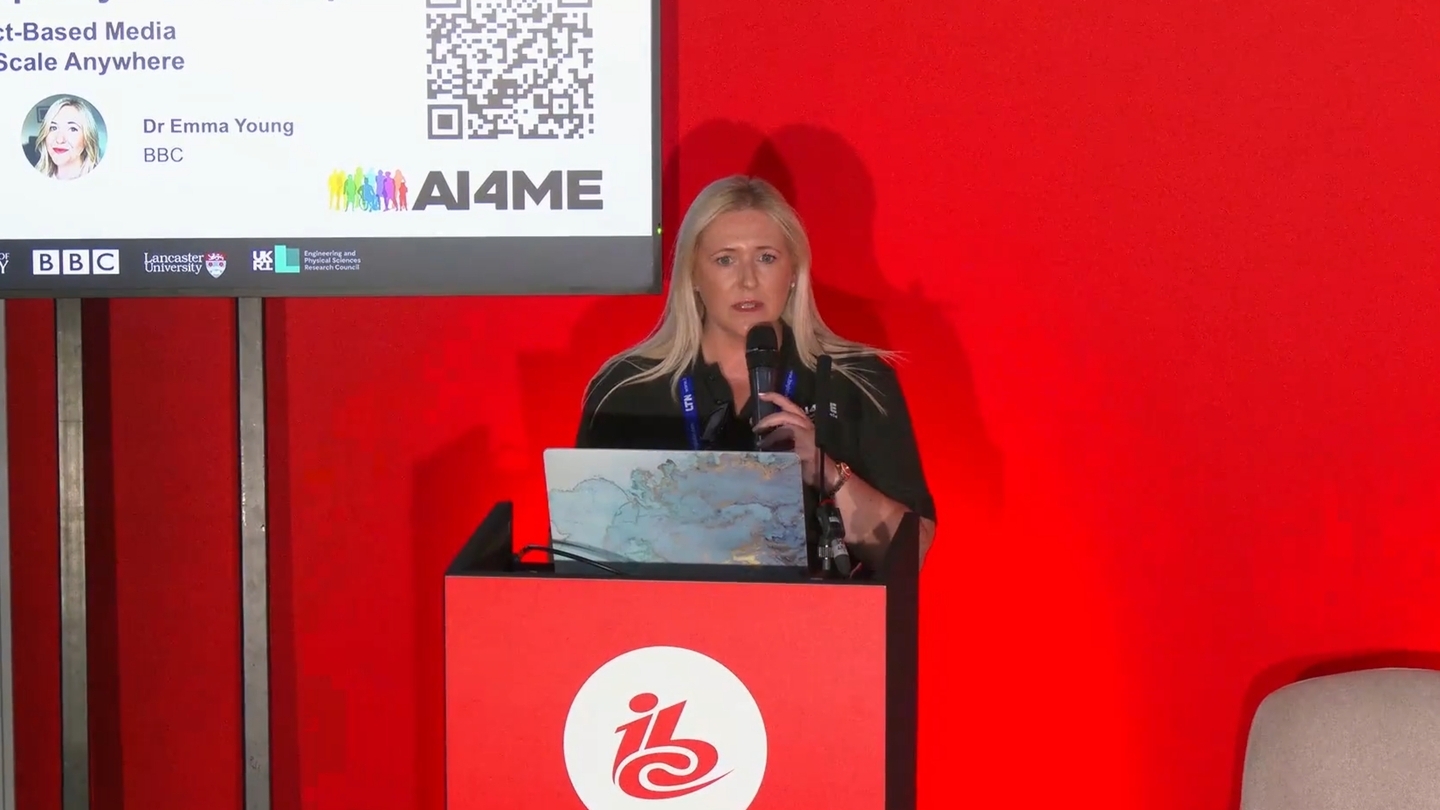








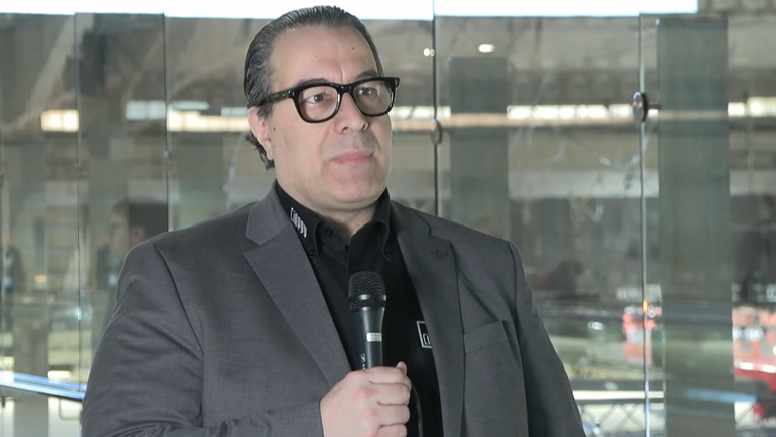















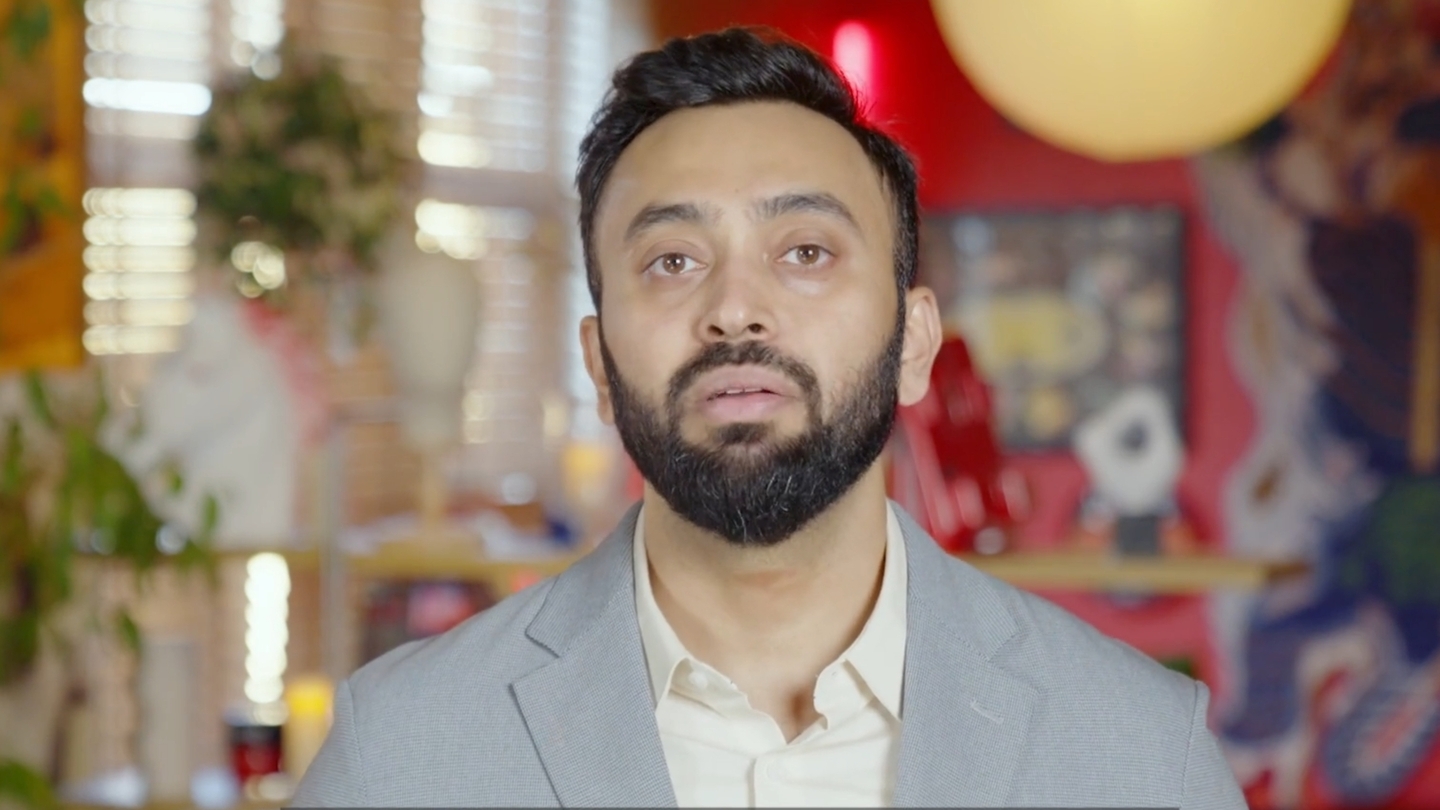

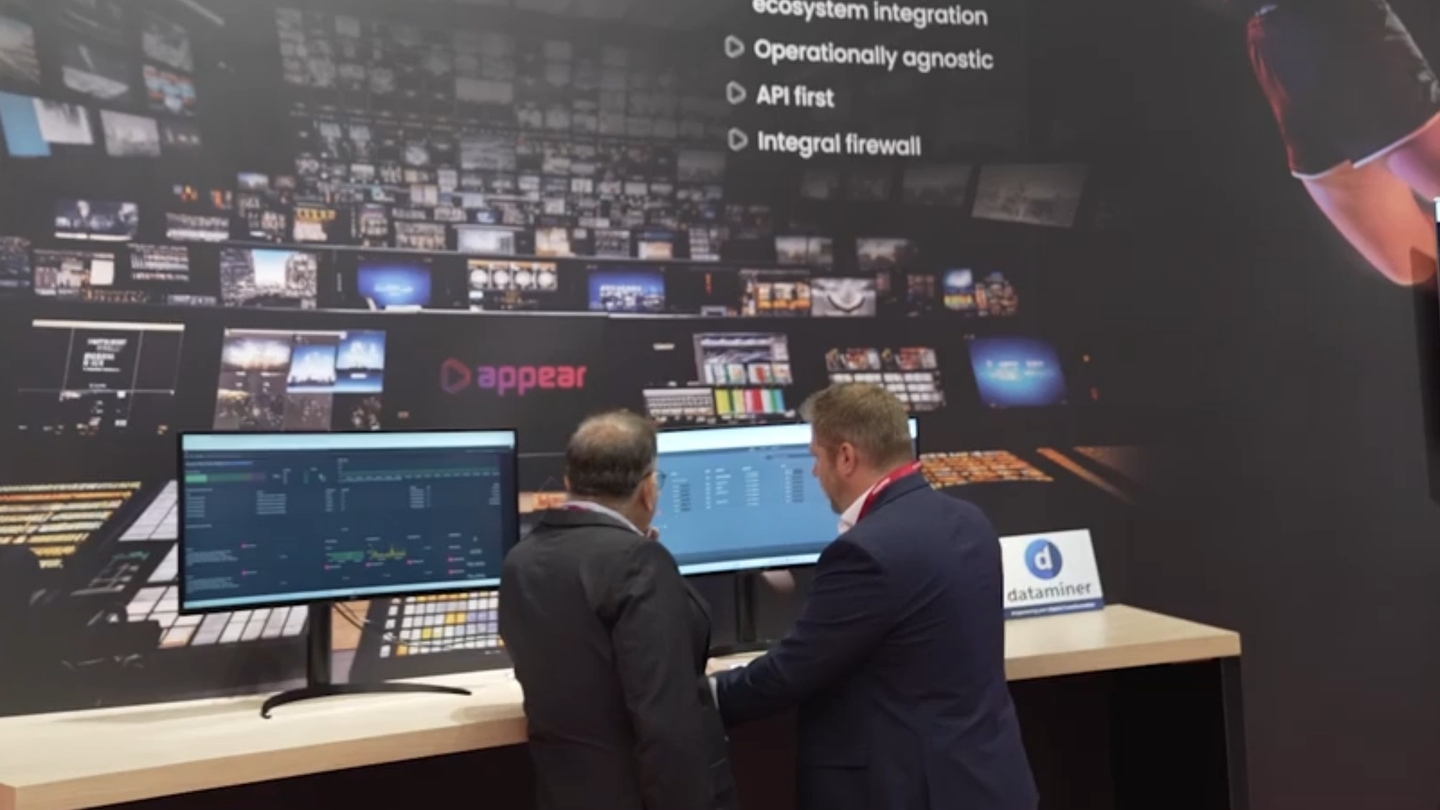


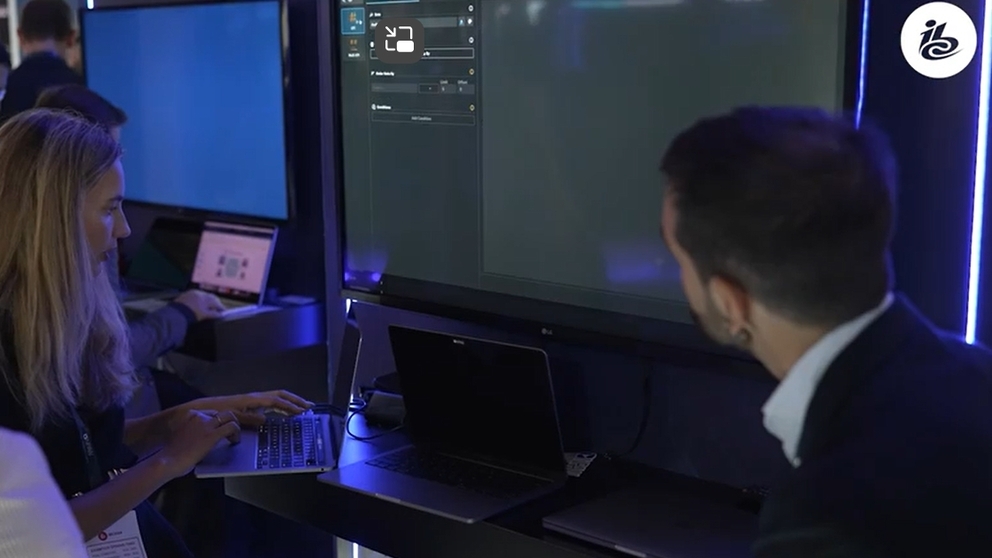
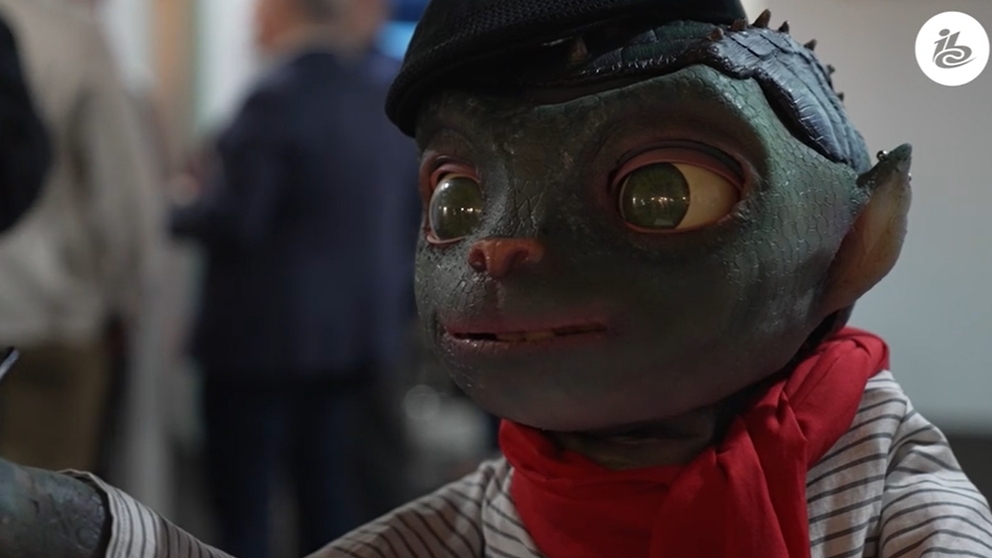

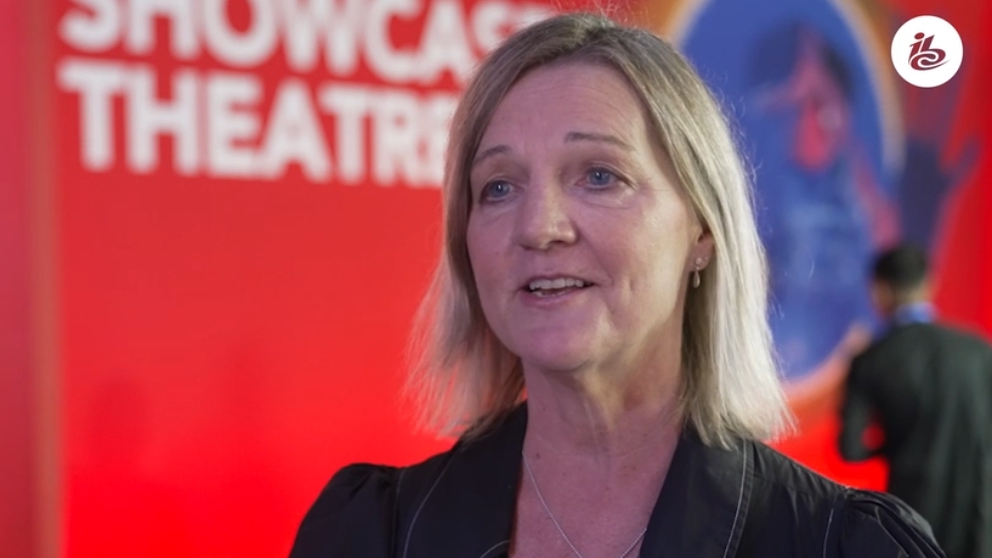

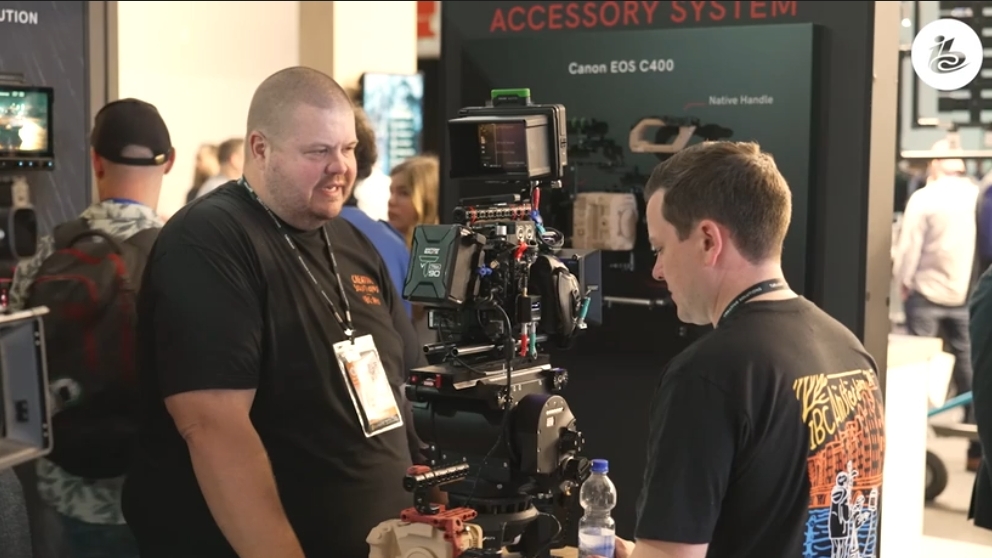

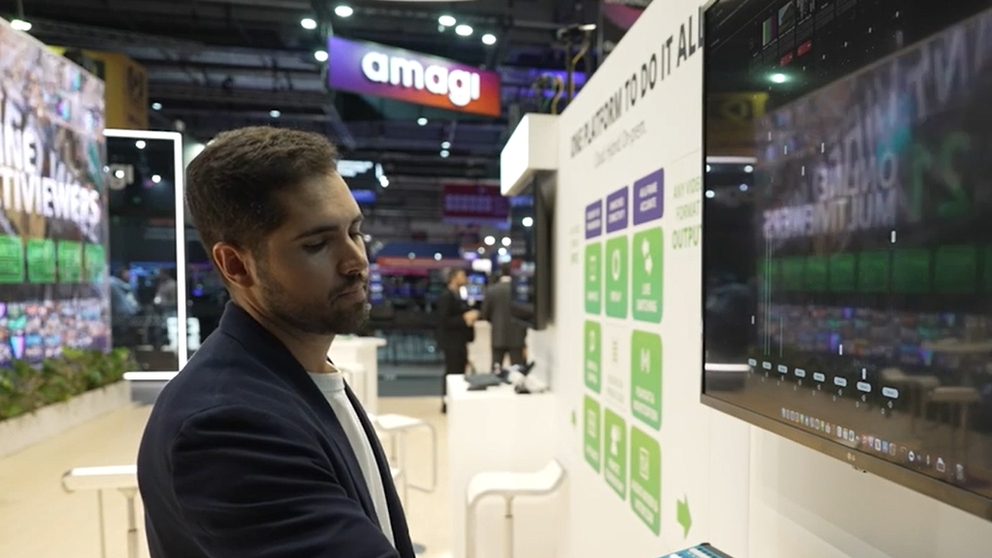
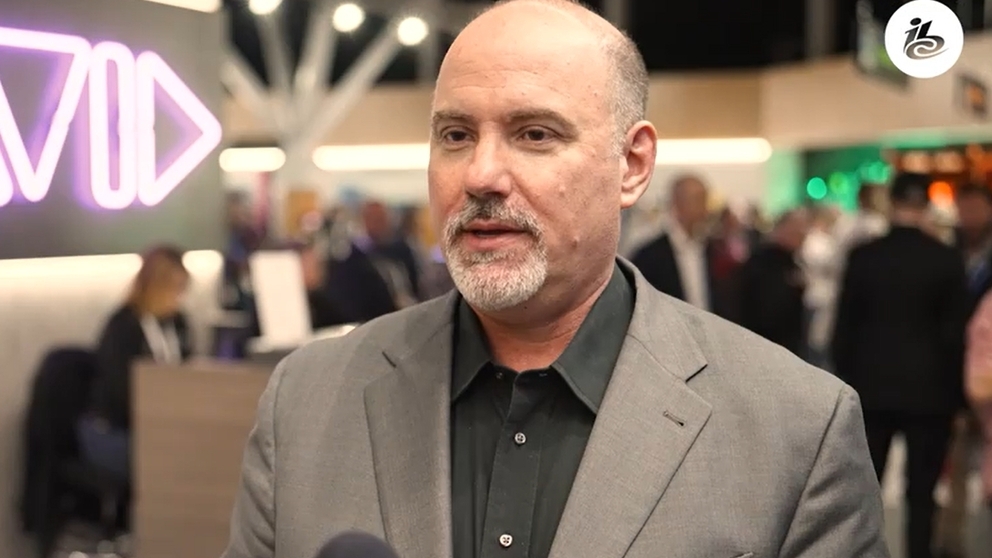







.jpg)





